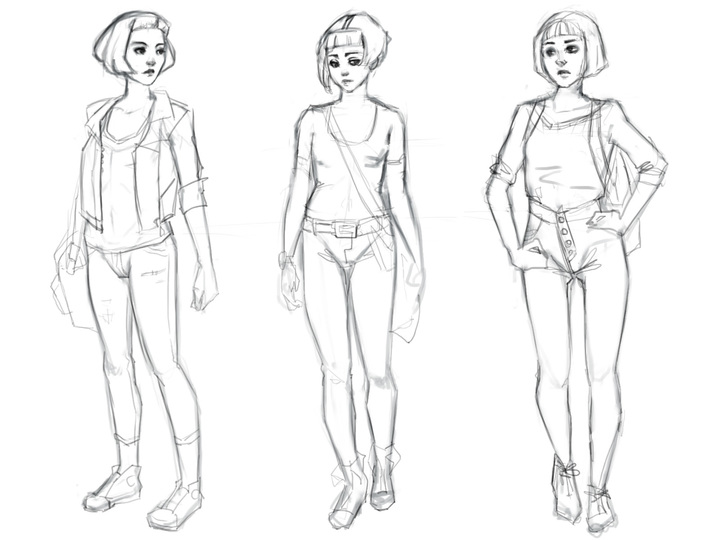Character Design for Games
Since characters are not just pulled out of nowhere by a magic wand, character designers are tasked with creating the visual concept of a new character, its traits and its background.

What is Character Design?
Since characters are not just pulled out of nowhere by a magic wand, character designers are tasked with creating the visual concept of a new character, its traits and its background.

The Process
A well-designed character will be both well-defined and appealing, and therefore memorable and marketable.
The character design process begins with research. In this stage, the designer must ask themselves how they might create a character that works for the game.
What genre is the game?
Will the character need to be 2D or 3D?
Are the aesthetics realistic? Semi-realistic? Cartoonish?
Will the character be art-driven or story-driven?
What is the game’s target audience?
Let’s take a look at this last question. What is the game’s target audience?
When designing the characters for the game ‘Bip‘ (still in development), it was decided that the game would be marketed to both adults and children, and so it would be beneficial to have both art-driven and story-driven characters.
[Creating story-driven characters will be covered in the post ‘Character Development in Games’]

Characters that are visually appealing to children and adults alike call for specific design considerations. For example, the aesthetics for the project ‘Bip‘ are semi-realistic and somewhat stylised to avoid being too cartoony or too ‘real’.
The proportions were designed to be childlike and its features are rounded. rather than angular, with the goal of creating a character that appears cute and innocent. The choice to use only two colours was made to achieve a minimal aesthetic, white was chosen to both mirror the cold, clinical environment of a robotics lab and to support the innocence and purity of the character itself. Red is used in this design to play on our basic psychological associations with this colour. Red is linked to warmth and excitement, it sparks an emotional reaction in us. However, red was also chosen here to represent our basic survival instincts, ‘fight or flight’ responses, and physical courage, all aspects of this character that are explored through the game’s story
Getting Feedback
An important part of the design process is making sure you look for feedback from the most important people, the players. Your target audience especially. One of the reasons the studio decided to take early gameplay demos to exhibition and gaming events, was to identify factors of not only the game but also its characters that were most appealing to players, and aspects that could be improved, altered or scrapped completely.
Reflecting on player feedback is extremely beneficial to the refinement of your designs and can help to shape the final details of your most important characters!
Read more about:
BlogsAbout the Author(s)
You May Also Like












